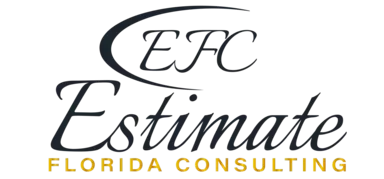Tennis Warehouse Floor Installation Cost Estimator
Installing a floor in a tennis warehouse typically costs between $90,350 and $374,400, averaging $10 to $30 per square foot. This estimate includes materials, labor, surface preparation, and any necessary permits. Costs vary based on the flooring type (e.g., acrylic, cushioned, hard court), the size of the warehouse, and local labor rates. High-quality flooring with advanced features like shock absorption or professional-grade finishes can increase the total cost. Additional expenses may arise from structural repairs, leveling, or moisture barriers. Investing in quality flooring ensures durability, performance, and safety, enhancing the facility’s overall value and user experience.
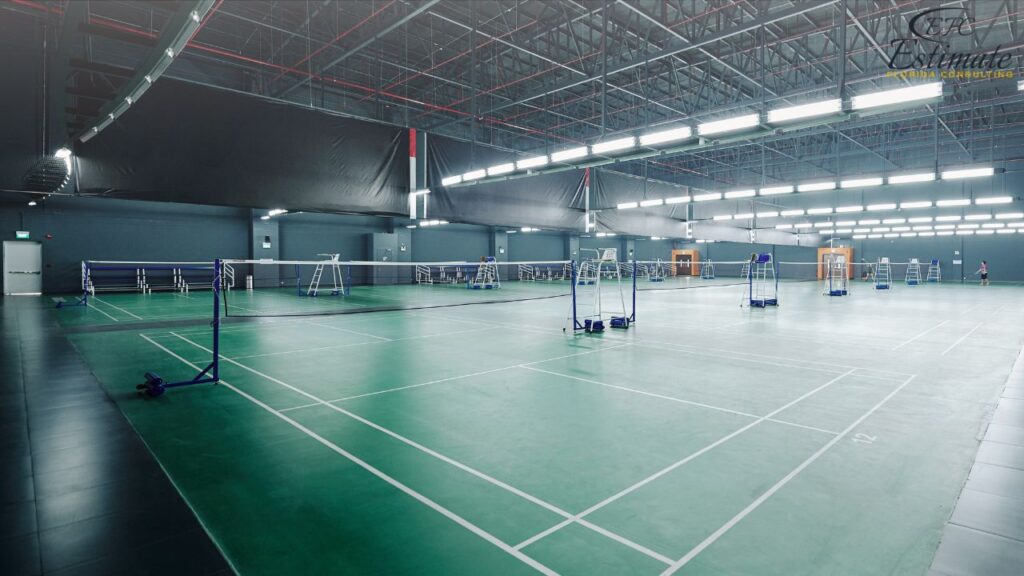
Cost Breakdown for Tennis Warehouse Floor Installation
Material Costs
Here’s a breakdown of the estimated material costs for different flooring types:
Flooring Material | Cost per Sq Ft (in dollars) | Total Cost for 10,000 Sq Ft (in dollars) |
Hardwood Flooring | $8.45 – $15.60 | $84,500 – $156,000 |
Synthetic Flooring | $6.50 – $13.00 | $65,000 – $130,000 |
Concrete Flooring | $3.25 – $6.50 | $32,500 – $65,000 |
Modular Flooring | $7.15 – $12.35 | $71,500 – $123,500 |
The material cost is a significant part of the total expense. Choosing the right material involves balancing performance, durability, and budget considerations. Each type of flooring offers unique benefits, so it’s important to select one that meets the specific needs of your facility.
Labor Costs
Labor costs can vary based on the complexity and size of the installation. Here’s an estimate of the labor costs:
Installation Complexity | Labor Cost per Sq Ft (in dollars) | Total Labor Cost for 10,000 Sq Ft (in dollars) |
Simple | $3.90 – $7.80 | $39,000 – $78,000 |
Moderate | $7.80 – $11.70 | $78,000 – $117,000 |
Complex | $11.70 – $15.60 | $117,000 – $156,000 |
Labor costs are influenced by the installation’s complexity and the skill level required. Simple installations with fewer specialized requirements will cost less in labor compared to more complex installations involving advanced techniques and equipment.
Additional Costs
Additional costs can include permits, subfloor preparation, and equipment for maintaining the court. Here’s an estimate of these additional costs:
Additional Component | Estimated Cost (in dollars) |
Permits | $1,300 – $3,900 |
Subfloor Preparation | $7,800 – $15,600 |
Maintenance Equipment | $7,800 – $39,000 |
Miscellaneous Supplies | $1,950 – $3,900 |
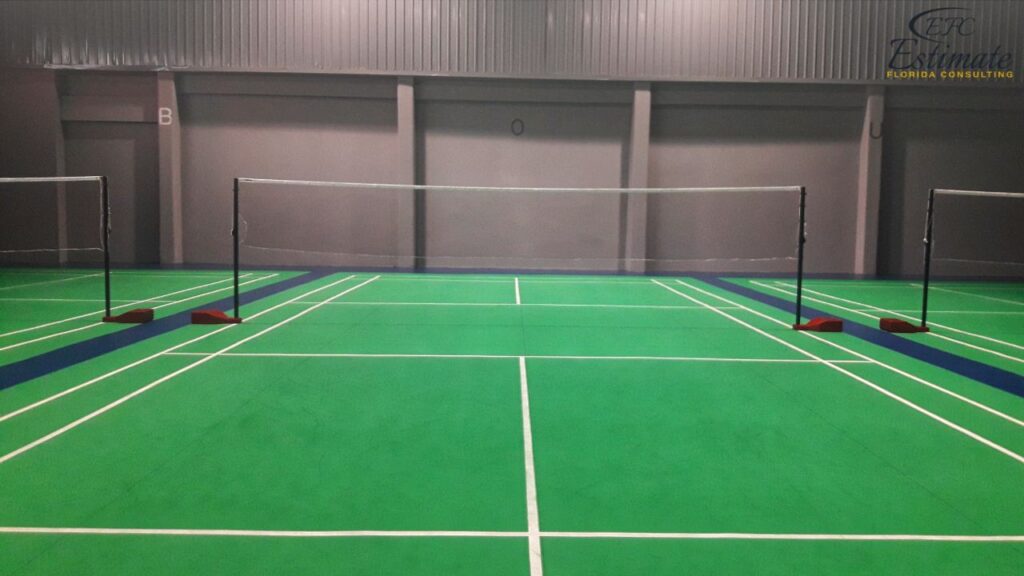
These additional costs can add up, so it’s essential to factor them into your overall budget. Proper subfloor preparation and the right maintenance equipment are crucial for ensuring the performance and longevity of the tennis court floor. Including these costs in the initial budget helps in avoiding surprises and ensuring the project stays within the allocated funds.
Factors Influencing the Cost of Tennis Warehouse Floor Installation
Type of Flooring Material
The type of flooring material chosen is one of the most significant factors in the overall cost. Here are some common options:
- Hardwood Flooring: Hardwood provides a traditional and high-quality surface suitable for tennis courts. It is durable and offers excellent performance, but it comes with higher costs. Hardwood floors require regular maintenance, including refinishing, to maintain their appearance and performance.
- Synthetic Flooring: Synthetic surfaces, such as polyurethane or rubber, offer durability and low maintenance. They are generally less expensive than hardwood and can be customized for different performance characteristics. Synthetic floors are also resistant to moisture and provide good shock absorption, reducing the risk of injuries.
- Concrete Flooring: Concrete is a cost-effective option, especially for multipurpose warehouses. It is durable and requires minimal maintenance, but it may not provide the same level of performance as hardwood or synthetic surfaces. Adding a specialized coating to the concrete can improve its suitability for tennis.
- Modular Flooring: Modular tiles are an increasingly popular option for indoor sports courts. They are easy to install, replace, and maintain, and they offer good performance characteristics for tennis. Modular flooring can be customized in terms of color and design, providing a visually appealing and functional surface.
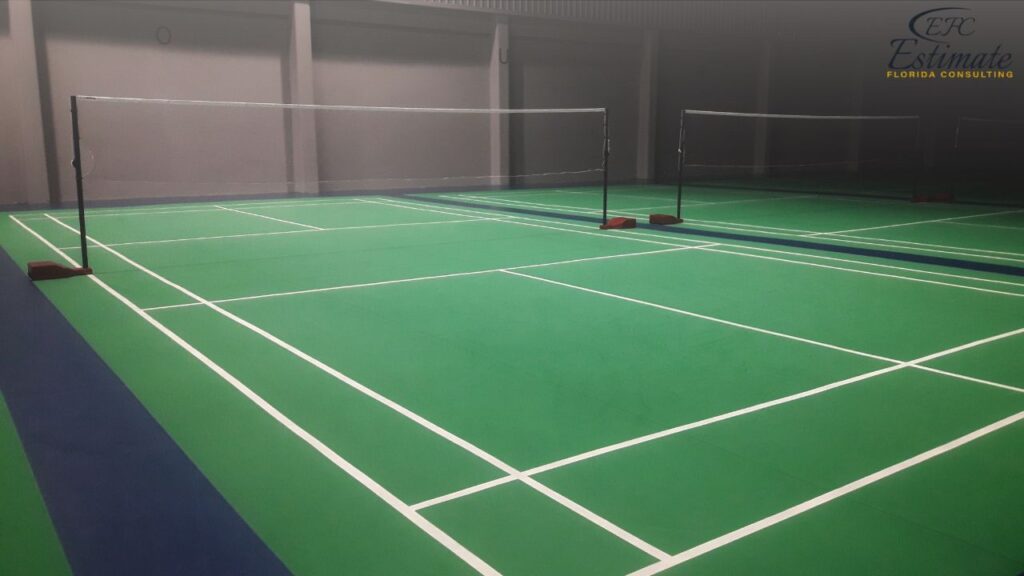
Floor Area
The total floor area to be covered directly impacts the cost. Larger areas will require more materials and labor, increasing the overall expense. It is important to measure the area accurately to obtain precise cost estimates. Additionally, considering future expansion plans or the possibility of multiple courts can affect the initial design and budgeting process.
Subfloor Condition
The condition of the existing subfloor can influence the installation cost. If the subfloor requires repairs or leveling, this will add to the overall expense. Ensuring a smooth and even subfloor is essential for the proper installation and performance of the tennis court floor. Addressing any subfloor issues upfront can prevent problems down the line and ensure the longevity of the new floor.
Labor Costs
Labor costs vary based on the complexity of the installation and the experience of the contractors. Installing hardwood or synthetic floors may require specialized skills, which can increase labor costs. It is important to choose experienced contractors to ensure a high-quality installation. Proper installation techniques are crucial for achieving the desired performance and durability of the floor.
Additional Costs
Additional costs can include the installation of shock absorption systems, line marking, and any necessary equipment for maintaining the court. These costs can add up, so it’s important to factor them into your overall budget. Additionally, considering features like acoustic underlays or moisture barriers can enhance the performance and lifespan of the floor.
Download Template For Tennis Warehouse Floor Project Breakdown
- Materials list updated to the zip code
- Fast delivery
- Data base of general contractors and sub-contractors
- Local estimators
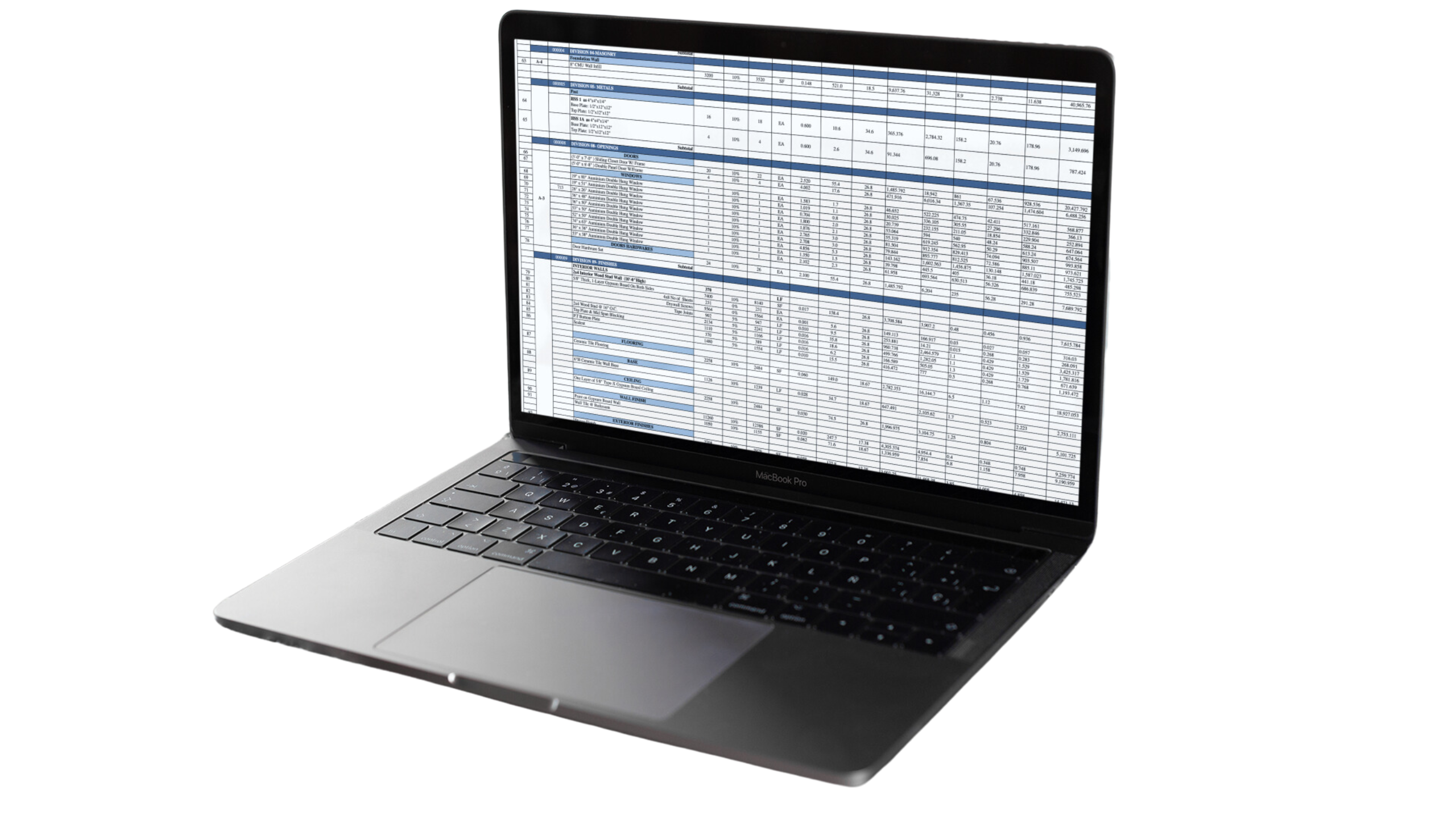
Choosing the Right Flooring Contractor
Selecting a reputable flooring contractor is crucial to the success of your installation project. Look for contractors with positive reviews, proper licensing, and adequate insurance coverage. Obtain multiple quotes and compare the scope of work, materials, and warranties offered. A trustworthy contractor will provide a detailed written estimate and be transparent about costs and timelines. Ensuring that your contractor has a proven track record can prevent potential issues and ensure a smooth installation process. For accurate estimates and professional advice, Estimate Florida Consulting offers expert consultation and cost estimation services. Working with an experienced contractor ensures that the installation is performed correctly, adhering to all safety and regulatory standards, and optimizing the performance and lifespan of your tennis court floor.
Benefits of Proper Floor Installation
A properly installed tennis court floor can provide numerous benefits, including improved playability, enhanced safety, and increased durability. Ensuring that your floor is installed correctly can prevent issues such as uneven surfaces, poor shock absorption, and frequent repairs. Proper installation also maximizes the floor’s lifespan, providing long-term value and reliability. Investing in professional installation services from Estimate Florida Consulting can ensure that your tennis court floor operates at peak performance. Additionally, a well-installed floor can enhance the overall aesthetic of the facility, creating a visually appealing and inviting environment for players and spectators.
Environmental Impact
Choosing environmentally friendly flooring materials can reduce the carbon footprint of your facility. Consider materials that are sustainable, recyclable, and have low VOC emissions. Reducing environmental impact not only benefits the planet but also contributes to the health and well-being of players and staff. Sustainable flooring options can also enhance indoor air quality, creating a healthier and more comfortable environment. Promoting environmental responsibility in your facility’s operations can improve your company’s reputation and align with corporate social responsibility goals.
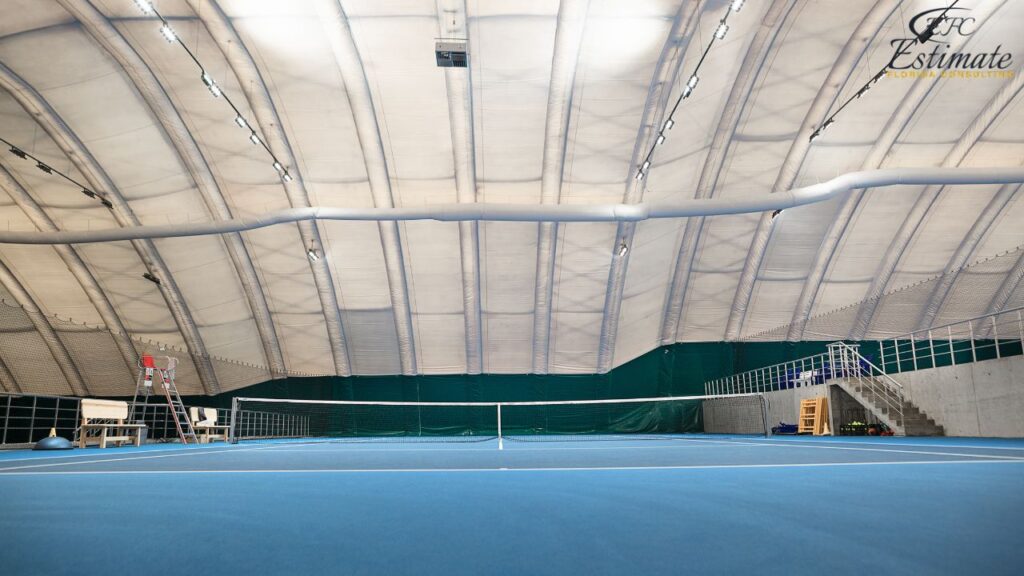
Cost-Saving Tips
Choose Cost-Effective Materials
Selecting flooring materials that balance cost, durability, and performance can help you save money. While high-end materials may offer advanced features, cost-effective alternatives can provide reliable performance at a lower price point. Consider the long-term benefits and total cost of ownership when selecting materials. Opting for modular systems can also provide flexibility and scalability, allowing for future expansions or upgrades without significant additional costs.
Schedule Off-Season Installation
Flooring contractors are typically busiest during peak seasons. Scheduling your floor installation during the off-season can sometimes result in lower labor costs due to decreased demand. Off-season scheduling can also lead to shorter wait times for your project to start, as contractors have more availability during these periods. Planning your project during less busy times can also provide opportunities for negotiating better rates or taking advantage of seasonal promotions and discounts offered by contractors.
Obtain Multiple Quotes
Getting multiple quotes from reputable flooring contractors can help you find the best price for your project. Make sure to compare the scope of work, materials, and warranties offered by each contractor. Obtaining detailed, written estimates from several contractors allows you to make an informed decision and negotiate better terms. Additionally, reading reviews and checking references can ensure you select a contractor with a track record of quality work. Gathering multiple quotes also provides leverage for negotiating better terms and securing the best value for your investment.
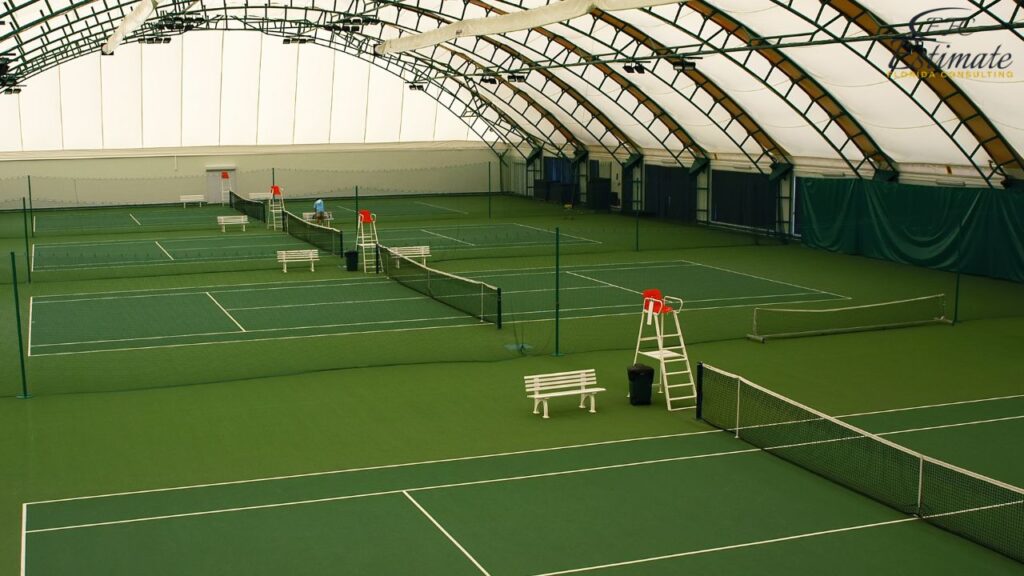
Consider Long-Term Savings
Investing in higher-quality materials or energy-efficient flooring options can result in long-term savings on maintenance and energy bills. For example, materials with higher durability ratings can provide greater longevity, reducing replacement and repair costs. Considering the total cost of ownership, including potential savings on maintenance and energy, can help you make a more cost-effective choice. Evaluating the payback period and return on investment for high-quality materials can also provide a clear understanding of the long-term financial benefits.
Do Some of the Work Yourself
If you have the necessary skills and safety equipment, consider doing some of the preparatory work yourself, such as clearing the installation area or performing basic maintenance tasks. This can reduce labor costs, although it is essential to ensure that any DIY work meets safety and quality standards. Consulting with your contractor about what tasks you can handle can provide clarity on how much you can save without compromising the project’s quality and safety. Additionally, engaging in some of the preparatory work can provide a deeper understanding of the installation process and foster better communication with the contractor.
Get 5 New Leads Next 7 Days With Our System
- Multi-Family House
- Single-Faimly House
- Modern House
- Duplex
- Ranch House
- Bungalow
Conclusion
Installing a tennis warehouse floor is a significant investment that requires careful planning and budgeting. By understanding the various costs involved and the factors that influence these costs, facility managers and business owners can make informed decisions and ensure their project is completed successfully. Investing in quality materials and skilled labor ensures a reliable and high-performance tennis court floor that will provide optimal playability and durability for years to come. Properly planning and budgeting for your floor installation can help avoid unexpected expenses and ensure the project is completed on time and within budget. Making well-informed choices about materials, contractors, and maintenance can lead to a successful floor installation that enhances the value and functionality of your facility. For precise and detailed cost estimates, consider utilizing the professional services of Estimate Florida Consulting. Our team of experts is dedicated to providing accurate and comprehensive estimates, ensuring that your tennis warehouse floor installation project is a success from start to finish.
FAQs
The cost for installing a floor in a tennis warehouse typically ranges from $90,350 to $374,400, averaging $10 to $30 per square foot. This estimate includes materials, labor, surface preparation, and any necessary permits.
Costs vary based on the flooring type (e.g., acrylic, cushioned, hard court), the size of the warehouse, and local labor rates. High-quality flooring with advanced features like shock absorption or professional-grade finishes can increase the total cost.
Here’s a breakdown of the estimated material costs for different flooring types:
- Hardwood Flooring: $84,500 – $156,000
- Synthetic Flooring: $65,000 – $130,000
- Concrete Flooring: $32,500 – $65,000
- Modular Flooring: $71,500 – $123,500
The total floor area to be covered directly impacts the cost. Larger areas require more materials and labor, increasing the overall expense. Accurate measurement of the area is crucial for precise cost estimates.
The condition of the existing subfloor can influence the installation cost. Repairs or leveling required for the subfloor add to the overall expense. A smooth and even subfloor is essential for proper installation and performance.
Labor costs vary based on the complexity of the installation and the experience of the contractors. Specialized skills for installing hardwood or synthetic floors can increase labor costs. Experienced contractors ensure a high-quality installation.
Additional costs may include shock absorption systems, line marking, and maintenance equipment. Including these costs in the budget helps avoid surprises and ensures the project stays within the allocated funds.
Google Reviews

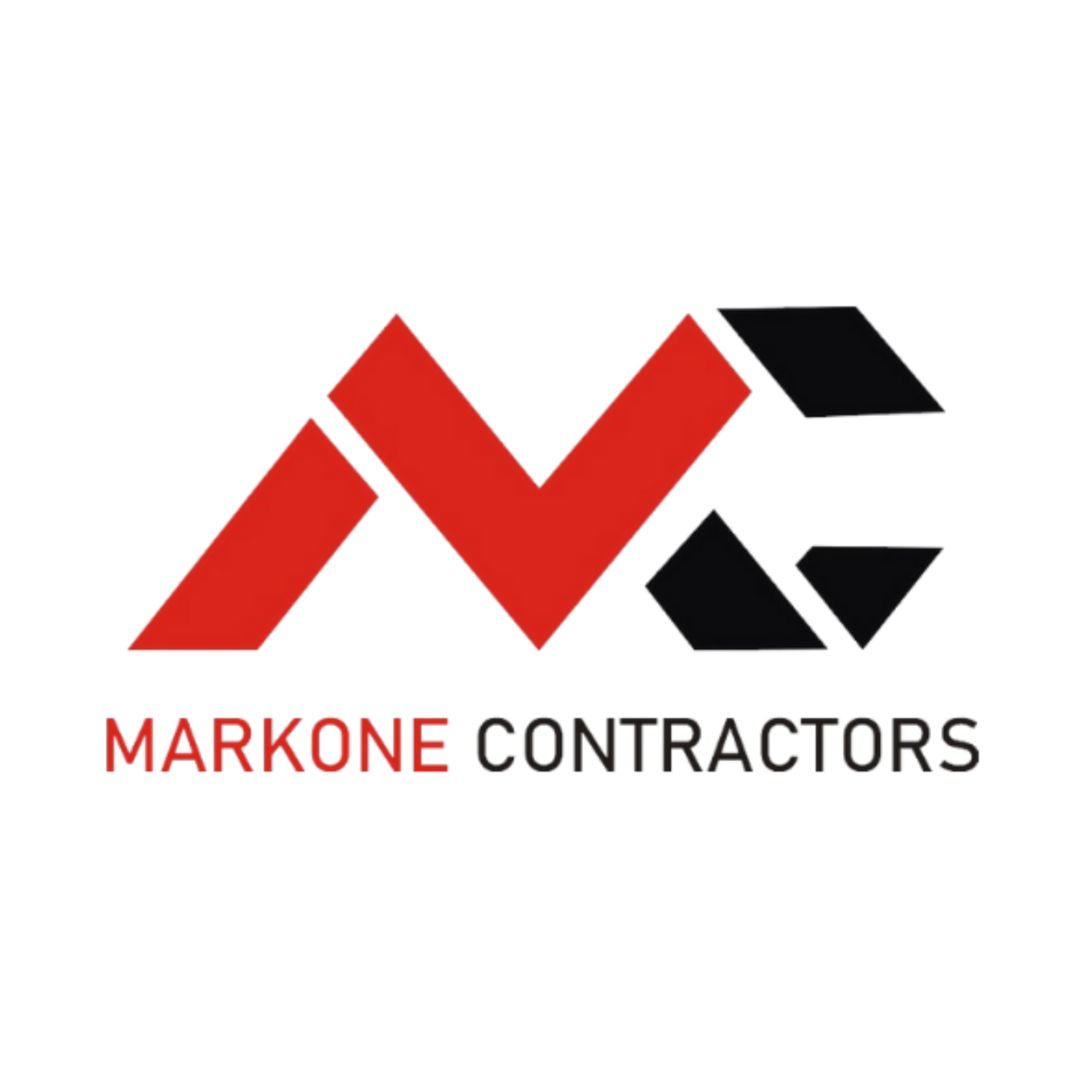

Process To Get Tennis Warehouse Floor Cost Estimate Report
Here I am going to share some steps to get tennis warehouse floor cost estimate report.
-
You need to send your plan to us.
You can send us your plan on info@estimatorflorida.com
-
You receive a quote for your project.
Before starting your project, we send you a quote for your service. That quote will have detailed information about your project. Here you will get information about the size, difficulty, complexity and bid date when determining pricing.
-
Get Estimate Report
Our team will takeoff and estimate your project. When we deliver you’ll receive a PDF and an Excel file of your estimate. We can also offer construction lead generation services for the jobs you’d like to pursue further.

